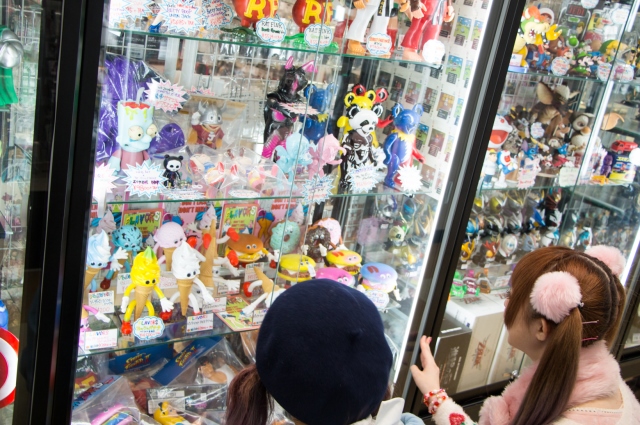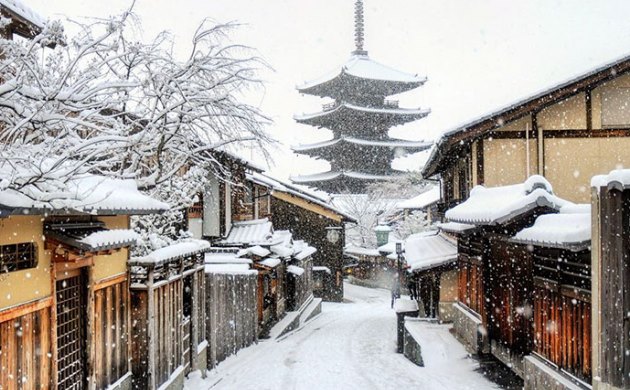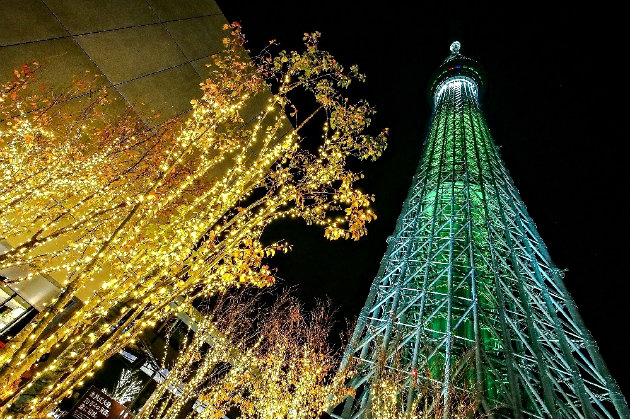TOURIST NOTES. ALL ABOUT RAMEN (part 1)
 Ramen (ラ ー メ ン) is one of the most beloved dishes in Japan. This noodle dish in a broth sprinkled with filling has won the hearts of gourmets around the world and often tops the list of what tourists plan to eat when purchasing tours to Japan. So, let’s take a closer look at one of Japan’s national culinary treasures.
Ramen (ラ ー メ ン) is one of the most beloved dishes in Japan. This noodle dish in a broth sprinkled with filling has won the hearts of gourmets around the world and often tops the list of what tourists plan to eat when purchasing tours to Japan. So, let’s take a closer look at one of Japan’s national culinary treasures.
HISTORY OF RAMEN
Historians did not agree on the date of the first appearance of ramen: what some consider the first primitive form of ramen, others do not recognize ramen and believe that it is too far from the modern version. According to information found in the Ramen Museum, some claim that this dish was eaten in Japan as far back as 1485 – based on extracts from the magazine of the famous priest (Inryokennichiroku), in which he claims to have served a Chinese ramen-like dish called “kaitimen” .
Another common assertion is that the influential daimyo Mitsukuni Tokugawa was the first Japanese to eat ramen. According to the memoirs he led (Nichijoshoninnikki), his Confucian friend Zhu Zhiyu proposed a Chinese-style noodle dish in the 1690s. Daimyo liked it so much that he later used this recipe to treat distinguished guests.
Other historians believe that the dish we call ramen today did not actually exist until the late 1800s or early 1900s, when broth noodles became popular throughout the country. The origin of ramen in Japan is controversial, but one thing is certain: ramen was originally a Chinese dish.
According to the book, Modern Japanese Cuisine: Food, Strength, and National Identity, by Katazina Joanna Kvirtka, the spread of ramen in Japan – and subsequent changes (or “Japaneseization”) – occurred after Japan opened its borders in the 1800s. In 1858, Japan signed the Treaty of Friendship and Trade after a 200-year period of national isolation, when foreigners were almost not allowed to enter Japan and the Japanese were not allowed to leave the country. In 1859, Japan opened its ports to foreign trade.
A collateral result of this policy change was, first of all, the unprecedented number of immigrants and colonialists entering the country, especially in Japanese port cities. Since China was one of Japan’s closest neighbors, the Chinese came to the country en masse, especially as translators. Over time, the sheer number of Chinese living in Japan led to the emergence of Chinatowns with Chinese grocery stores, Chinese merchants, and Chinese restaurants.
One of the main dishes offered at these restaurants was Chinese soba noodles in soup, or Sina soba, which is considered the forerunner of ramen. The Rairaiken Restaurant opened in 1910 in the Asakusa district of Tokyo and became the first place where ramen was served. Ramen was considered one of the specialties, so Rairaiken is called the first in Japan “real” ramen store. The Japanese started visiting Rairaiken and other Chinese restaurants offering this dish, and they liked it. By the beginning of the 1930s (after the Japanese invasion of Manchuria and the destruction of relations between Japan and China), many Japanese cooks occupied Chinese cuisine and began to make their changes to the dish.
Sina soba ultimately acquired the status of a “national” dish in Japan under a different name – ramen. Surprisingly, the name ramen appeared in the 50s and 60s, after in 1958 a popular version of the dish with the taste of chicken appeared.
WHAT IS RAMEN?
One of the main ways to turn Sina Soba into ramen was to add the umami broth, which now goes hand in hand with ramen. Umami (which was first identified by a Japanese scientist) is one of the five tastes felt by taste buds – along with salty, sweet, bitter, and sour. This is the meat or fish flavor of the broth.
Ramen broth can be of various types: dashi (fish), with miso, with soy sauce, pork or chicken.
Another main ingredient in ramen is noodles. It also can be of different types depending on the basis of ramen, the region in which it is made, and the culinary preferences of individual cooks and their target audiences. Noodles are made from wheat, water, salt and eggs. It usually differs in thickness, percentage of water used to make it, shape or waviness (chijire) and color. Although the individual effects of any one ingredient may be minor, the finished noodles are made according to certain types of soup.




